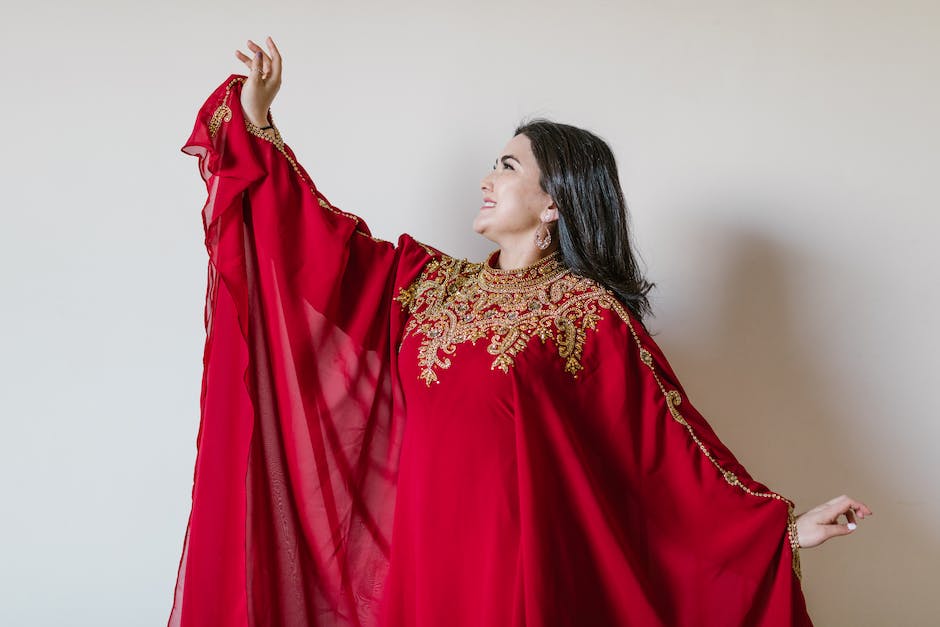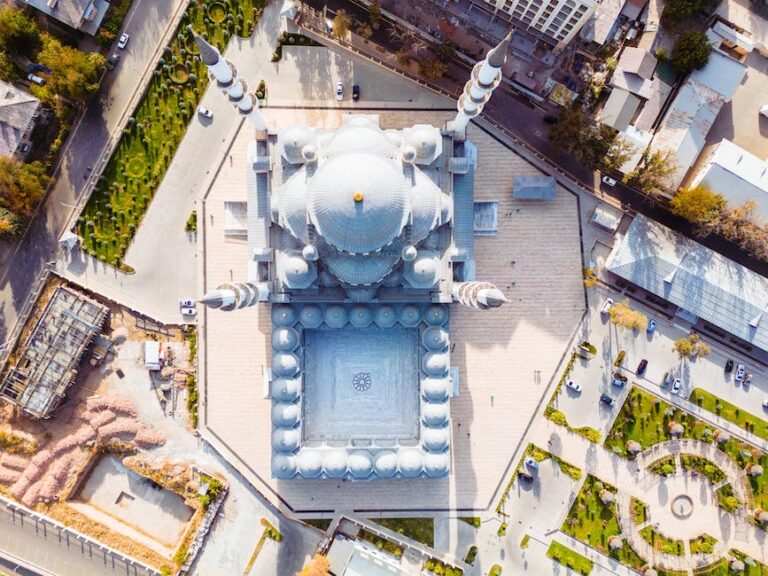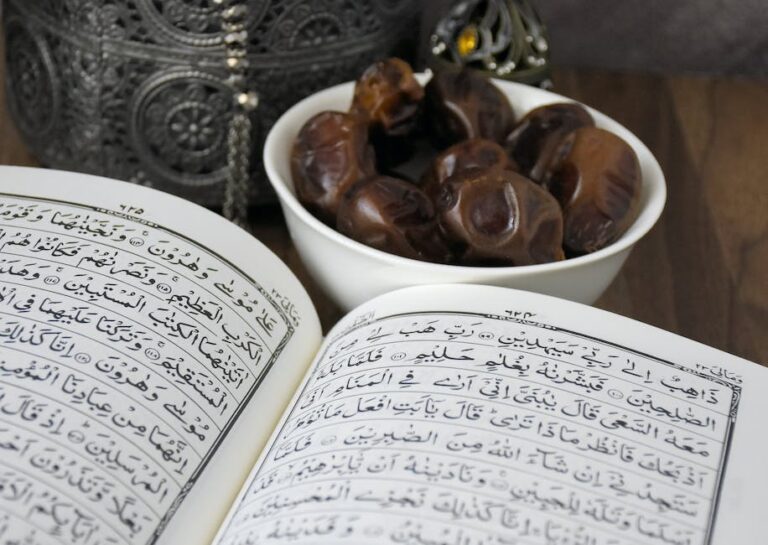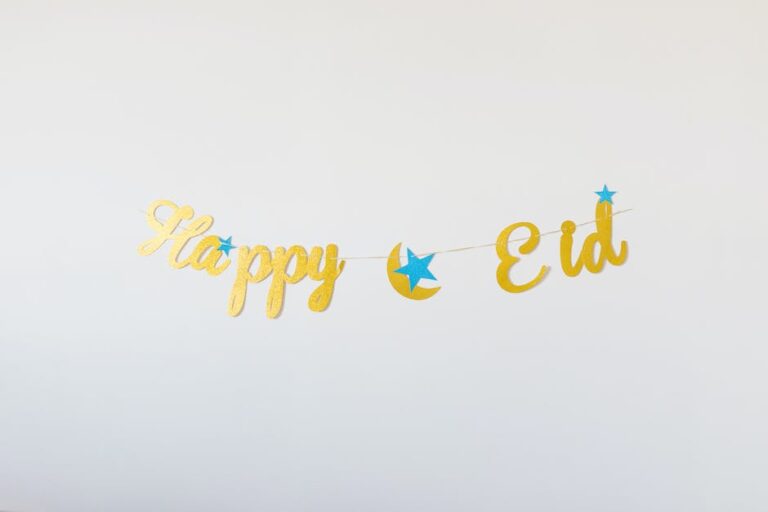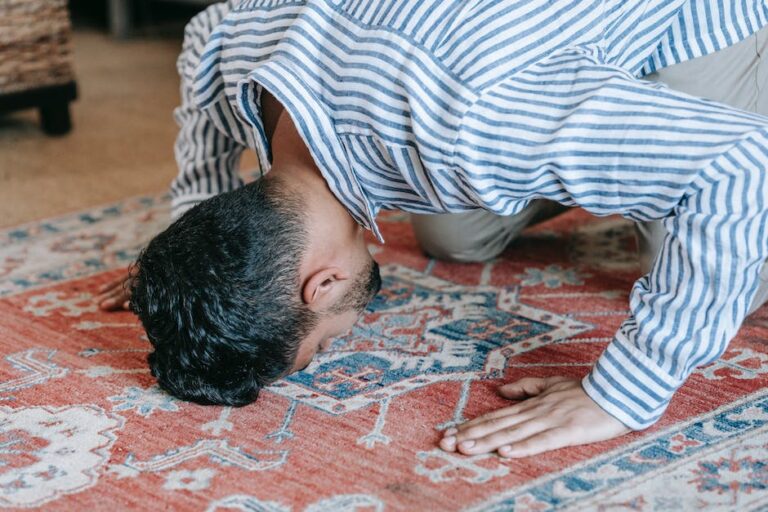From Runways to Instagram: How Islamic Fashion is Dominating Social Media
The Rise of Islamic Fashion on Social Media
Fashion is often associated with the mainstream, but Islamic fashion has found a new platform to showcase its beauty and elegance – social media. With the rise of Instagram, Muslim women have been able to share their sense of style and creativity with a global audience. Islamic fashion bloggers and influencers have built a following that not only highlights their own personal style but also shares their cultural and religious roots. The emergence of social media has given these women a voice that they never had before, allowing them to showcase modest fashion on a global scale.
The Influence of Muslim Influencers on Fashion
The impact of Muslim influencers on fashion can be seen on various platforms, especially on Instagram and YouTube. These influencers have become advocates of modest fashion and have become role models for young Muslim women. Their influence has also extended to mainstream brands who have recognized the buying power of Muslim women, leading to the creation of clothing lines that cater to modest fashion trends. This has also led to the increased visibility of Muslim women in the fashion industry, breaking down stereotypes and creating a new vision of beauty.
Bringing Modest Fashion to the Mainstream
Islamic fashion has made its way into the mainstream and is now a global phenomenon. Modest fashion is no longer restricted to Muslim women, but can be seen on runways, fashion shoots, and magazines. From New York Fashion Week to London Modest Fashion Week, Islamic fashion is now a permanent fixture in the fashion industry. Modest fashion has also opened doors for designers to explore new fabrics, patterns, and styles, creating innovative and stylish collections. The fashion industry has finally realized that modest fashion is here to stay and is an essential part of their business.
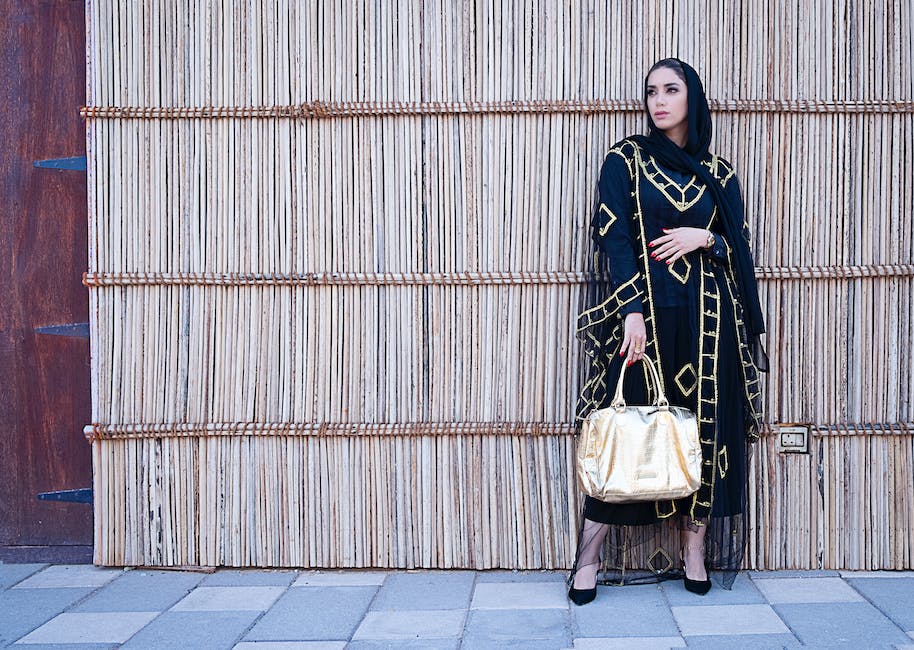
How Hijabs Became a Fashion Statement
The hijab is an integral part of Islamic fashion, and it has evolved as a fashion statement that is embraced by women of all ages, races, and religions. Hijabs are now available in a range of fabrics, colors, and styles to suit various occasions, and women are experimenting with different ways to wear them. In the past, hijabs were often seen as a symbol of oppression, but Islamic fashion has reclaimed it as a symbol of modesty. Many Muslim women are now proud to show off their hijabs, and it has become a way to express their individuality and creativity.
The Role of Islamic Fashion in Promoting Diversity
Islamic fashion has played a crucial role in promoting diversity and creating a sense of inclusivity. The industry has embraced models of all ages, sizes, and races, breaking down stereotypes and creating a more representative image of beauty. It has also encouraged the use of traditional fabrics and prints, which celebrate the rich cultural heritage of Muslim women around the world. The inclusivity of Islamic fashion has created a sense of sisterhood among Muslim women, who have found a common bond through fashion.
Sharia-Compliant Fashion: What Does It Entail?
Sharia-compliant fashion refers to clothing that adheres to Islamic law, which requires women to dress modestly. It includes clothing that covers the body adequately, including the arms, legs, and head. Fabrics should be opaque, and clothing should not be form-fitting. Muslim women are also required to dress modestly in front of men who are not close relatives. Sharia-compliant fashion also includes clothing that is free from any images or slogans that may be considered offensive to Islamic values. The rise of Sharia-compliant fashion has led to the creation of new businesses that cater specifically to this market, creating economic opportunities for Muslim women. It has also created a sense of pride among Muslim women who are able to dress modestly and still be fashionable.
The Impact of Islamic Fashion on the Fashion Industry
Islamic fashion has had a significant impact on the fashion industry and has opened doors for designers to explore new styles and ideas. From high-end luxury brands to fast fashion retailers, many have recognized the buying power of Muslim women and have incorporated modest fashion into their collections. The rise of Islamic fashion has created an opportunity for designers to showcase their skill and creativity and to embrace the cultural and religious roots of Muslim women. It has also created employment opportunities for Muslim women in the fashion industry, breaking down barriers and promoting inclusivity.
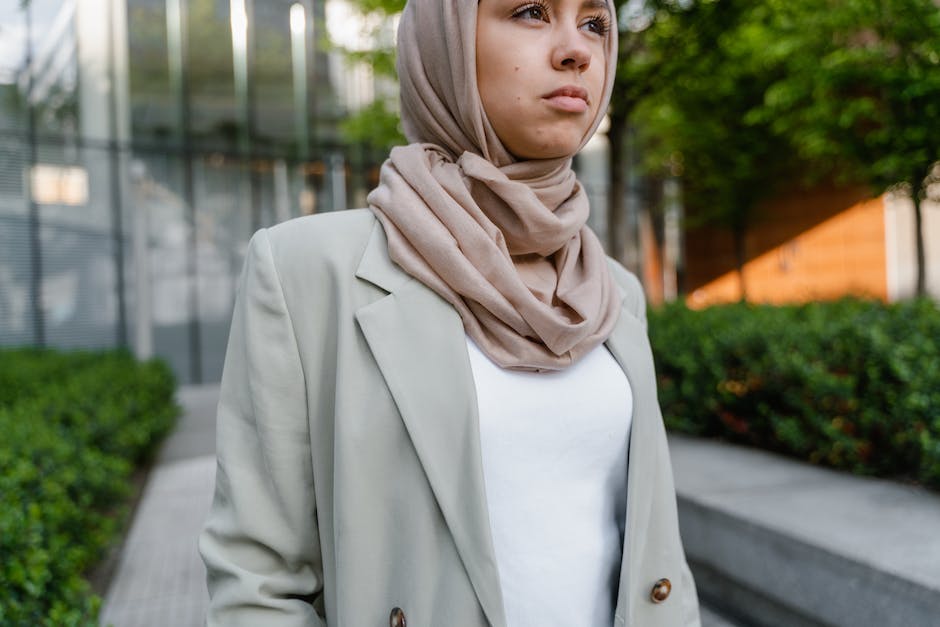
Embracing Islamic Fashion in the Modern World
Islamic fashion is not just a trend; it is a way of life for many Muslim women around the world. It represents a balance between fashion and faith, creating a sense of identity and pride. The modern world has recognized the cultural significance of Islamic fashion, and it is no longer seen as a niche market. It has become a global phenomenon and has opened doors for new conversations about modesty and diversity. Embracing Islamic fashion means embracing cultural diversity and honoring the beliefs and values of Muslim women. It means breaking down stereotypes and creating a more inclusive and representative image of beauty that reflects the diversity of the world we live in.
In conclusion, Islamic fashion has come a long way from being a niche market to becoming a global phenomenon. It has opened doors for designers to showcase their skill and creativity and has created an opportunity for Muslim women to embrace their cultural and religious roots. Islamic fashion has had a significant impact on the fashion industry and has created economic opportunities for Muslim women. It has also created a sense of pride among Muslim women who are able to dress modestly and still be fashionable. Embracing Islamic fashion means embracing cultural diversity and honoring the beliefs and values of Muslim women, creating a more inclusive and diverse fashion industry, and a more representative image of beauty.

